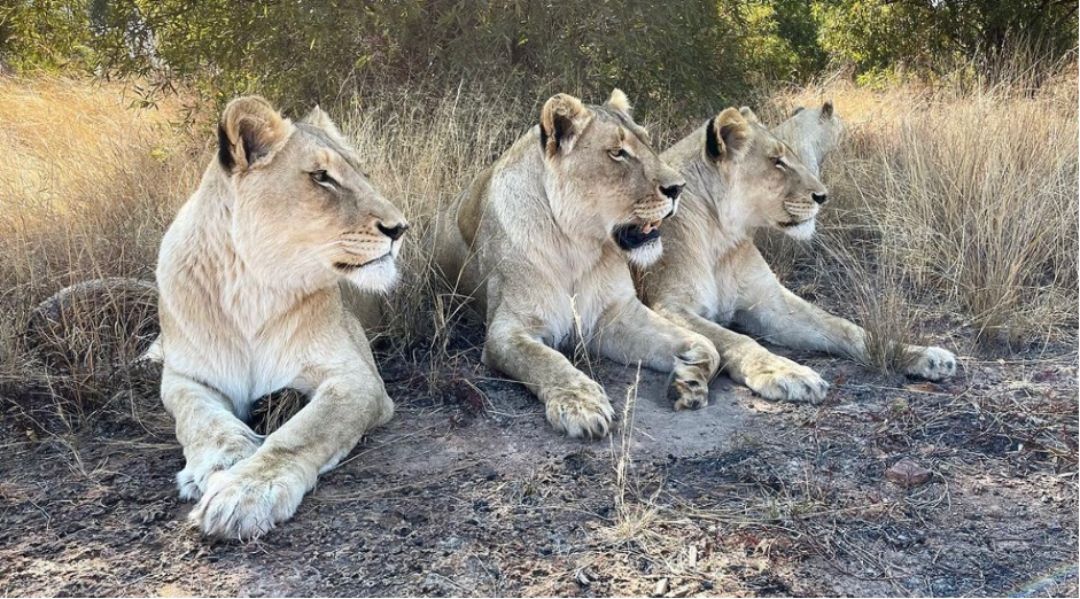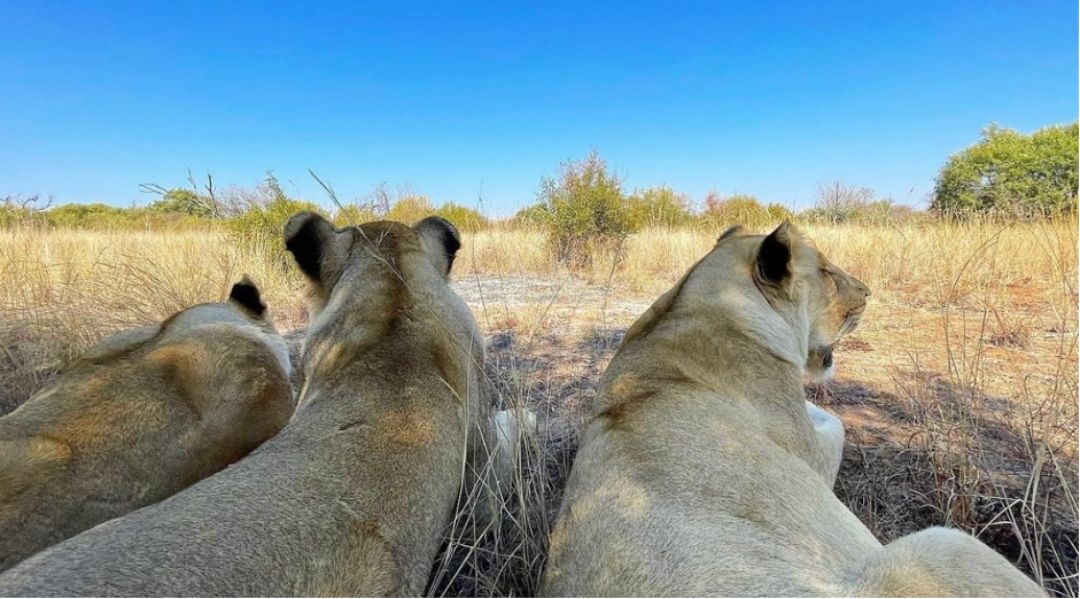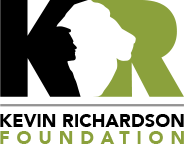Inside Kevin’s mind


“Here we see a natural bush environment with trees, grass and shrubs. A place where the lions are able to explore and challenge their senses. It’s by no means a perfect situation, but as far as a captivity goes, it’s pretty good. It’s still not optimal, nor a model to base future facilities on.
As I explained to some visitors the other day, preserving and expanding habitat should be the model we strive for, but that takes money and shed loads of it. Buying land for lions and other animals isn’t as glamorous as rescuing them. In fact, so much so that the very same people who donate to lion rescues wouldn’t necessarily donate to preserving a lion habitat. A rescued lion often has a name and if it doesn’t have one, it’s given one. It tugs on the heart strings, and human psychology dictates that we feel more empathy for specific innocent and vulnerable animals than we do for swathes of land containing many faceless and nameless animals who can fend for themselves.
At the end of the day, the focus needs to be on acquiring and protecting existing habitat if there is to be any hope of saving lions for future generations. It is wonderful that some captive lions are given more favourable captive conditions through “rescue and adopt” models, but in reality, this won’t solve the problem of dwindling lion populations. I am grateful we can give the lions here a small taste of what it may be to live in the wild, and I have loved them for many years, but I look forward to a day when there are no captive lions, and donors see the value supporting initiatives that put wildlife habitats into the right hands.”
– Kevin Richardson
